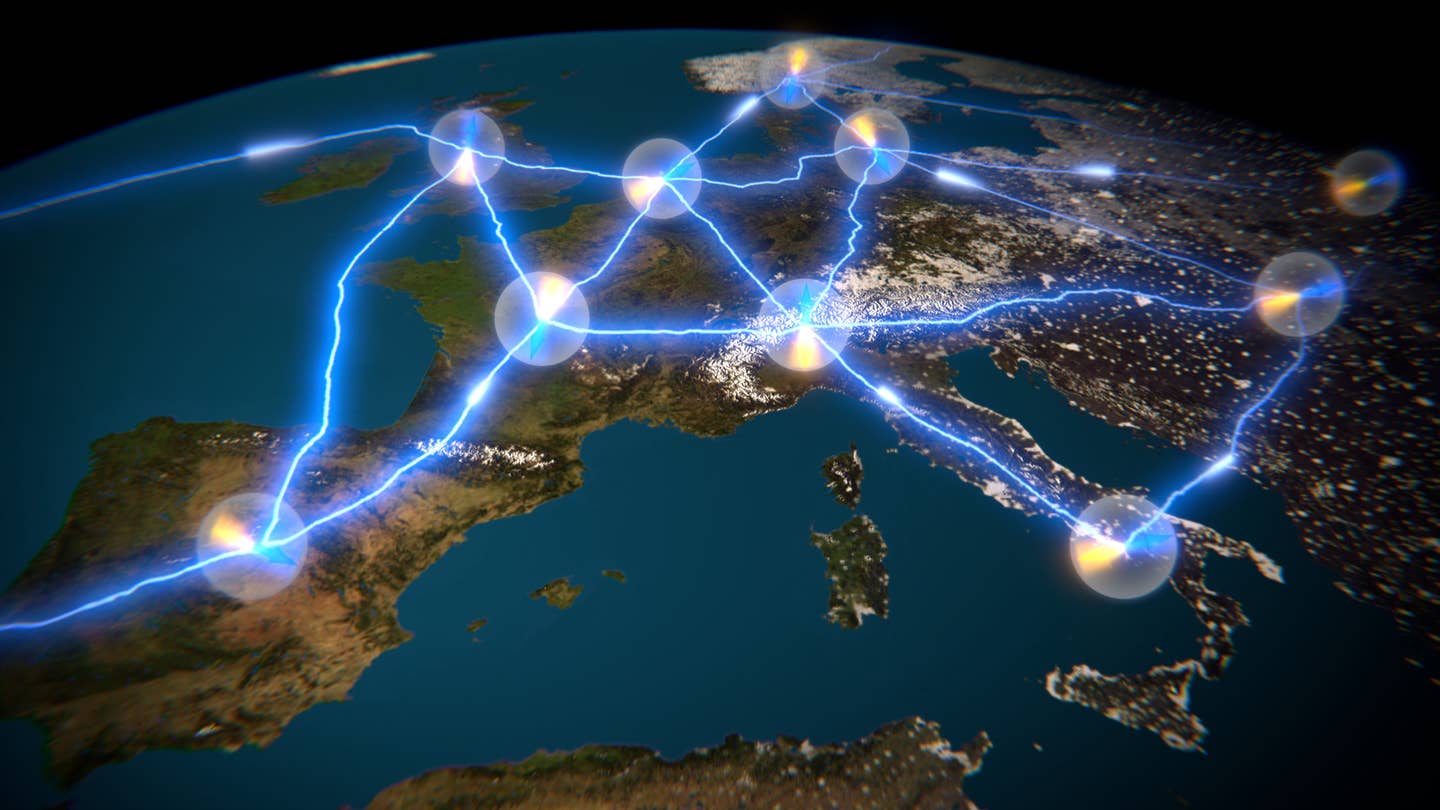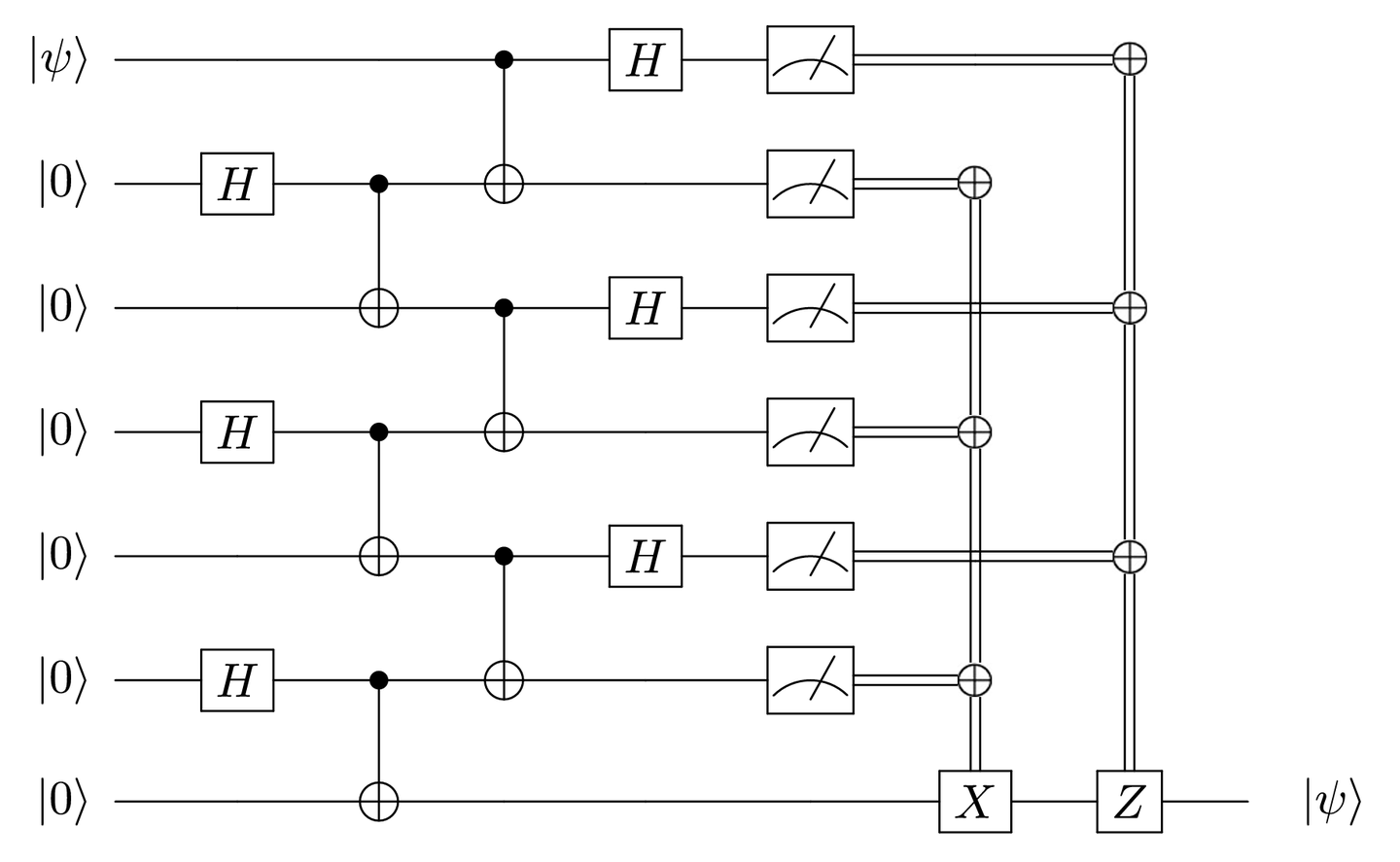
(© metamorworks – stock.adobe.com)
PHILADELPHIA — Artificial intelligence can now move at the speed of light, thanks to University of Pennsylvania engineers. They have introduced a new type of computer chip that has the potential to significantly enhance the speed and efficiency of AI systems. Unlike traditional chips that rely on electrical signals, this innovative silicon-photonic (SiPh) chip utilizes light waves to perform complex mathematical calculations, promising to revolutionize computer processing power and energy consumption.
The chip’s design is a culmination of pioneering research by Nader Engheta, the Benjamin Franklin Medal Laureate and H. Nedwill Ramsey Professor at Penn, who has led advancements in manipulating materials at the nanoscale to enable computations with light — the fastest communication medium available. This breakthrough integrates Engheta’s work with the SiPh platform, which employs silicon, a widely available and inexpensive element, for mass chip production.
💡What To Know:
- The speed of light is 186,000 miles per second.
- Artificial intelligence is a broad term describing technology that allows machines to mimic human cognitive abilities like learning and problem-solving.
- The main ingredient in computer chips is silicon, a very common element found abundantly in sand.

Today’s computers, largely unchanged in their fundamental design since the 1960s, face limitations that the new SiPh chip aims to overcome by harnessing the interaction between light waves and matter. The collaborative study between Engheta’s team and the group of Firooz Aflatouni, associate professor in electrical and systems engineering at Penn, showcases the chip’s development. Aflatouni’s group has been at the forefront of creating nanoscale silicon devices, making their partnership a strategic move towards innovating AI’s computational backbone.
Researchers focused on enhancing the process of vector-matrix multiplication, a critical operation in neural networks, which are the foundation of modern AI tools. By varying the thickness of the silicon in precise areas — down to just 150 nanometers — without introducing new materials, the chip can manipulate light to scatter in specific patterns. This approach allows for performing calculations at light speed, a significant leap forward in processing efficiency.
One of the remarkable aspects of this design, according to Aflatouni, is its readiness for commercial application, particularly in graphics processing units (GPUs), which are in high demand for AI development. The compatibility of the SiPh platform with existing GPU technology means it could be readily integrated to enhance AI training and classification tasks, offering faster speeds and reduced energy consumption.
“They can adopt the Silicon Photonics platform as an add-on, and then you could speed up training and classification,” says Aflatouni in a media release.
Beyond its performance advantages, the chip also promises enhanced data privacy. The simultaneous execution of multiple computations eliminates the need to store sensitive data in a computer’s working memory, thus safeguarding against potential hacks.

“No one can hack into a non-existing memory to access your information,” notes Aflatouni.
This research, conducted at the University of Pennsylvania School of Engineering and Applied Science, received support from both the U.S. Air Force Office of Scientific Research and the U.S. Office of Naval Research. The study’s implications extend beyond faster and more efficient computing; it represents a significant step towards creating computers that are not only more powerful but also more secure and environmentally friendly.
The study is published in the journal Nature Photonics.






.jpg)
.jpg)
























 100vw, 1200px” data-lazy-src=”https://dailygalaxy.com/wp-content/uploads/2024/12/Zlaty-kun_Ranis-group-1200×673.jpg” /><figcaption class=) Illustration of the Zlatý kůň/Ranis group. Around 45,000 years ago, individuals from Ranis in Germany and Zlatý kůň in the Czech Republic likely traveled together across the open steppe landscapes of Europe. Credit: Tom Björklund for the Max Planck Institute for Evolutionary Anthropology
Illustration of the Zlatý kůň/Ranis group. Around 45,000 years ago, individuals from Ranis in Germany and Zlatý kůň in the Czech Republic likely traveled together across the open steppe landscapes of Europe. Credit: Tom Björklund for the Max Planck Institute for Evolutionary Anthropology

